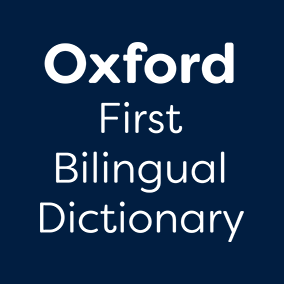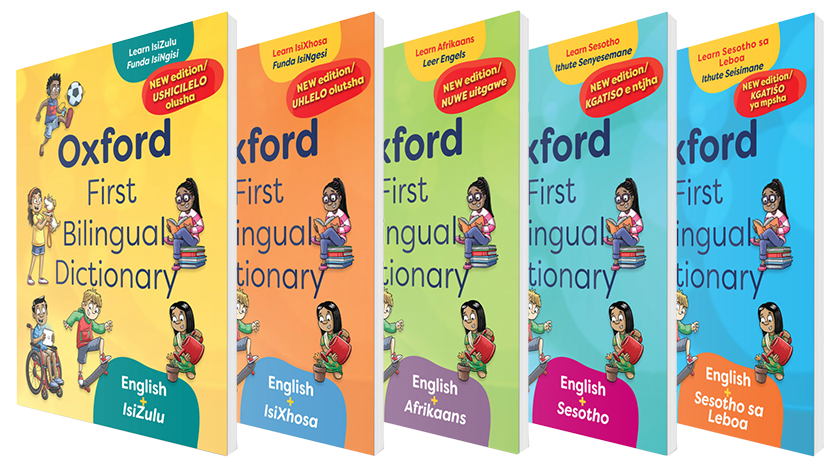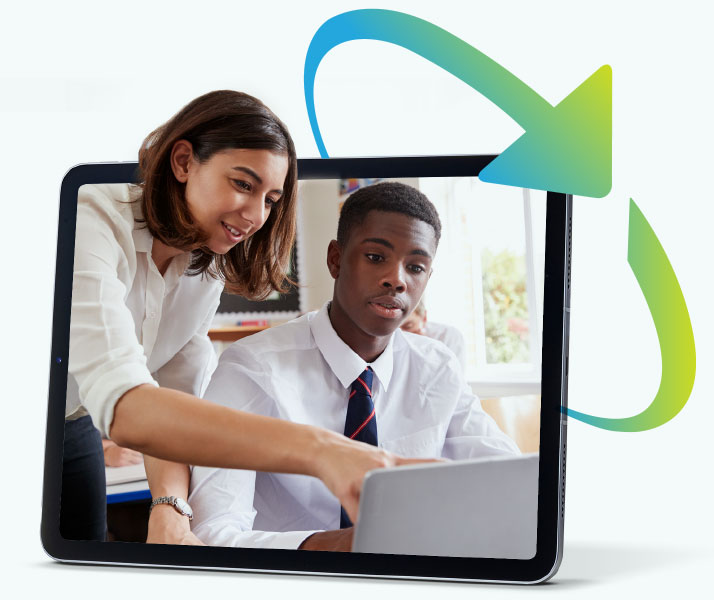 A learning style is the learner’s preferred way of learning. It is their unique way of understanding and remembering information for assignments, tests and especially for the exams. Encourage your learners to capitalise on their strengths and learn more effectively by sharing these great learning strategies with them.
A learning style is the learner’s preferred way of learning. It is their unique way of understanding and remembering information for assignments, tests and especially for the exams. Encourage your learners to capitalise on their strengths and learn more effectively by sharing these great learning strategies with them.
A. Visual learners
Visual learners have an interest in art and things of beauty. They may be drawn to images and colour and enjoy visual projects and presentations. They “see” what they study in their heads and can remember diagrams, charts and maps easily. They understand information best when they see it.
Learner strategies for best learning:
- Write down the things that you want to remember.
- Look at the person who is speaking to you; it will help you focus.
- Use colour to highlight main ideas.
- Before reading a section of work, preview it first by scanning the pictures, headings and sub headings.
- Write your own flashcards. Look at them often and then practise writing out the main points in full.
- Where possible and appropriate, use charts, maps, posters, films, videos, computer software and overhead projectors , both to study from and to present your work.
B. Auditory learners
Auditory learners learn best through listening in class and saying or reading what they are learning out loud. They enjoy oral presentations, small-group discussions and debates. They can remember instructions well. They often remember things they hear in songs. They understand information best when they hear it.
Learner strategies for best learning:
- Read out loud. You need to hear the words as you read them in order to understand them well.
- Study with a friend so you can talk about the information and hear it again.
- When reading, skim through and look at the pictures, chapter titles and other clues and say out loud what you think the section of work could be about.
- Make flashcards and use them repeatedly, reading them out loud. Use different colours to aid your memory.
- Set goals for your assignments and say them out loud each time you begin.
- Make your own recordings of work you want to remember and listen to them repeatedly.
C. Read or write learners
Some learners learn best by reading and writing things down. Read or write learners are generally good readers and have a good vocabulary. Their best method of learning is reading the textbooks and writing detailed class notes. They usually prefer to read in a quiet space with no disturbances. Writing notes or rewriting information from textbooks in their own words helps these learners to understand the information better and helps them to remember it. They may also highlight words in colours to help them to remember. They comprehend and remember what they read and they often enjoy writing. They do well in written assignments and projects where they need to work on their own.
Learner strategies for best learning:
- Re-write your notes after class.
- Find a quiet place to learn and study.
- Write notes to yourself in the margins.
- Write out key concepts and ideas.
- Use coloured pens and highlighters to focus in on key ideas.
- Compose short explanations for diagrams, charts and graphs.
- Write out instructions for each step of a procedure or Maths problem.
- Stick note cards/Post-its in places you see often, like on the bathroom mirror, on a cupboard door or on the bottom of the TV remote.
- Compare your notes with someone else’s.
D. Kinaesthetic learners
The kinaesthetic learner must do things to have the best chance of learning. Kinaesthetic learners perform best when action and movement are part of the learning process. They also remember things better through experience. They are generally more active than other types of learners and use their bodies and hands when speaking to “show” people what they are trying to say. They often enjoy sports and physical activities. They prefer classroom activities which involve experiments and demonstrations, and projects which involve building or making things. They learn best from real-life situations and like to touch, feel, hold or experience what they are learning about.
Learner strategies for best learning:
- To improve memorisation, pace or walk around while reciting to yourself or using flashcards or notes.
- Play with a stress ball or tennis ball when learning and try doing hand/ finger exercises while you work.
- You might not study best while at a desk. Try lying on your stomach or back.
- Studying with music in the background might suit you. Classical music is best, as opposed to heavy rhythm-based music or music with words which may distract you.
- Use coloured paper to cover your desk or even decorate your whole study area. Choose your favourite colour as this will help you to focus. This technique is called colour grounding.
- While studying, take frequent breaks, but be sure to settle back down to work quickly. A reasonable schedule would be to alternate 15 to 25 minutes of study with 3 to 5 minutes of break time.
- When learning new information, make task cards, flashcards, electroboards, card games, floor games, etc. This will help you to process the information.
For more information on learning strategies and other learning styles, download the Oxford Schools Improvement Guide for Life Orientation Career Guidance.




